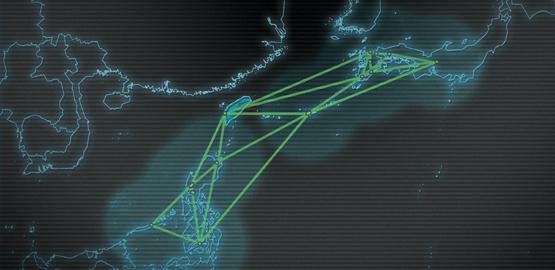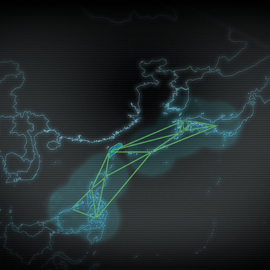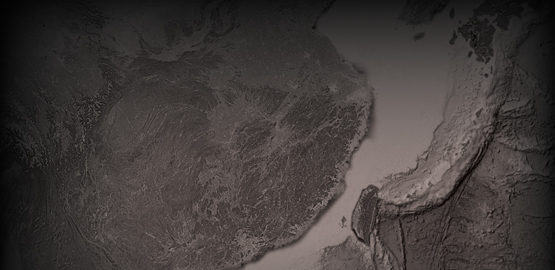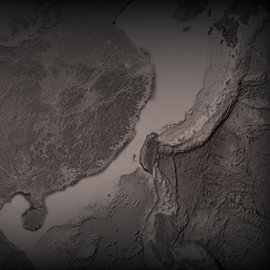Publications
"Nobody does defense policy better than CSBA. Their work on strategic and budgetary topics manages to combine first-rate quality and in-depth research with timeliness and accessibility—which is why so many professionals consider their products indispensable." – Gideon Rose, Editor of Foreign Affairs, 2010-2021
The Quadrennial Defense Review: Process, Policy, and Perspectives
On February 26, 2013, CSBA Vice President and Director of Studies Jim Thomas testified before the House Armed Services Subcommittee on Oversight and Investigations on the Quadrennial Defense Review: Process, Policy, and Perspectives.
Backgrounder: Operating from Range to Defeat Iran’s Anti-Access and Area-Denial Threats
The Obama administration has released new strategic guidance for the Department of Defense (DoD) that announces its intent to “rebalance toward the Asia-Pacific region” and maintain the capability to “project power despite anti-access and area-denial challenges.” As the U.S. military assesses planning and resource initiatives required to support these objectives, it should not forget the need to address Iran’s emerging anti-access/area-denial (A2/AD) strategy and the threat that it represents to the peace and stability of the Persian Gulf.
The Defense Industrial Base: A National Security Imperative
Chairman Shuster, Mr. Larsen, and Members of the Defense Business Panel, thank you for inviting me to testify at today’s hearing on the imperative to preserve essential elements of U.S. defense industrial base.
The Future of National Defense and the U.S. Military Ten Years After 9/11
Chairman McKeon, Ranking Member Smith, and Members of the Committee, thank you for inviting me to testify today. On September 11, 2001, I was working in the Pentagon as part of a small team drafting the 2001 Quadrennial Defense Review. The 9/11 attacks were a watershed event for me personally and for the Department of Defense. The attacks immediately reduced the peacetime bureaucratic processes of the day, including the QDR, to trivialities, as the Department – and the Nation – unified in their intent to vanquish the Islamist terrorists who perpetrated the attacks and to prevent future attacks on the United States.
China’s Active Defense Strategy and Its Implications
The South China Sea is a region of growing strategic interest for many countries in the world, including the United States. More than one-third of the world’s seaborne trade flows through its contested waters.
National Security Strategy in an Era of Growing Challenges and Resource Constraints
The United States is struggling to emerge from the greatest peacetime economic downturn since the Great Depression. Known as the Great Recession, the country’s current fiscal difficulties seem unlikely to abate any time soon. If there is a consensus regarding the country’s recovery, it is that it will be both gradual and protracted.1 Some economists, eyeing the government’s rapidly growing debt and expanding obligations, have expressed concerns over the country’s ability to sustain healthy growth levels over the longer term. The implications for US security are potentially profound. Washington has long relied on its ability to bring to bear far greater resources than any other country against any threat to the nation’s security. If current trends play out, this advantage is almost certain to diminish, perhaps dramatically, in the coming years. Long accustomed to pursuing a “rich man’s” approach to strategy, the United States will find itself increasingly challenged to take a “smart man’s” approach—one for which it seems ill-prepared.



























